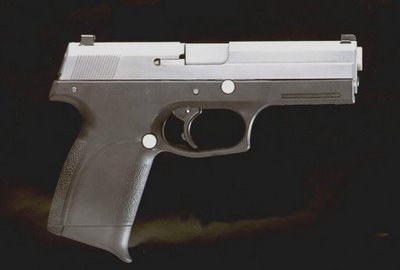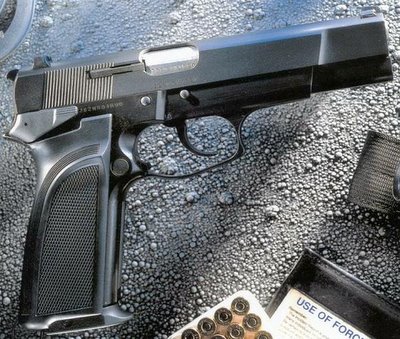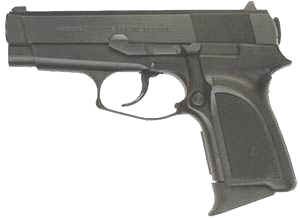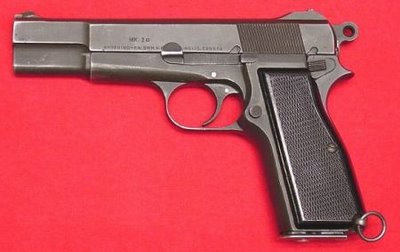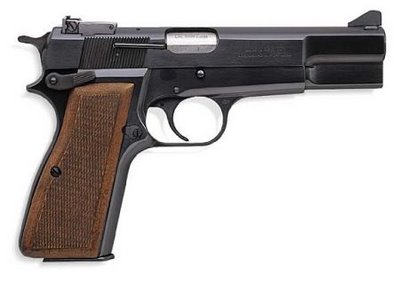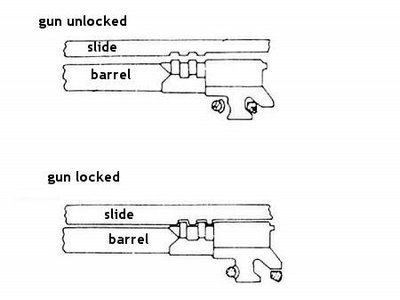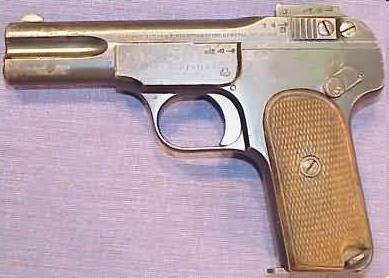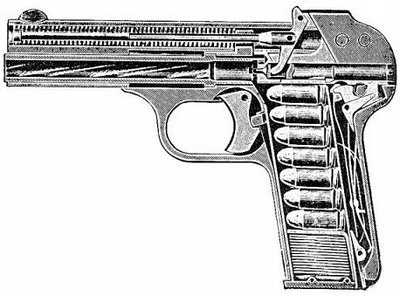Type: Double Action Only (Repeatable Secure Striker)
Chambering: .40 S&W
Length: 197mm
Weight: 740g
Barrel length : 108mm
Magazine: 10 rds
FN Forty-Nine is a modern service handgun, intended primary for police/security use. It is recoil-operated, locked breech firearm that uses improved Browning linkless locking principle. The gun is striker fired, and unlike many other striker-fired guns, like Glocks, Forty-Nine is a true DAO gun, with availability of re-striking the misfired cartridge simply with another trigger pull. The striker is completely at rest until the trigger is pulled, so gun is safe. It has no external safety switches or decockers for simplicity and readiness to use. The main drawback of this system is long and heawy trigger pull - almost 10 lbs (ca. 4.5kg). The frame of the gun is made from black polymer, the slide is made from stainless steel. Gun also has acessory rails on the frame under the barrel, for quick and easy mounting of the laser designators and flashlights.
